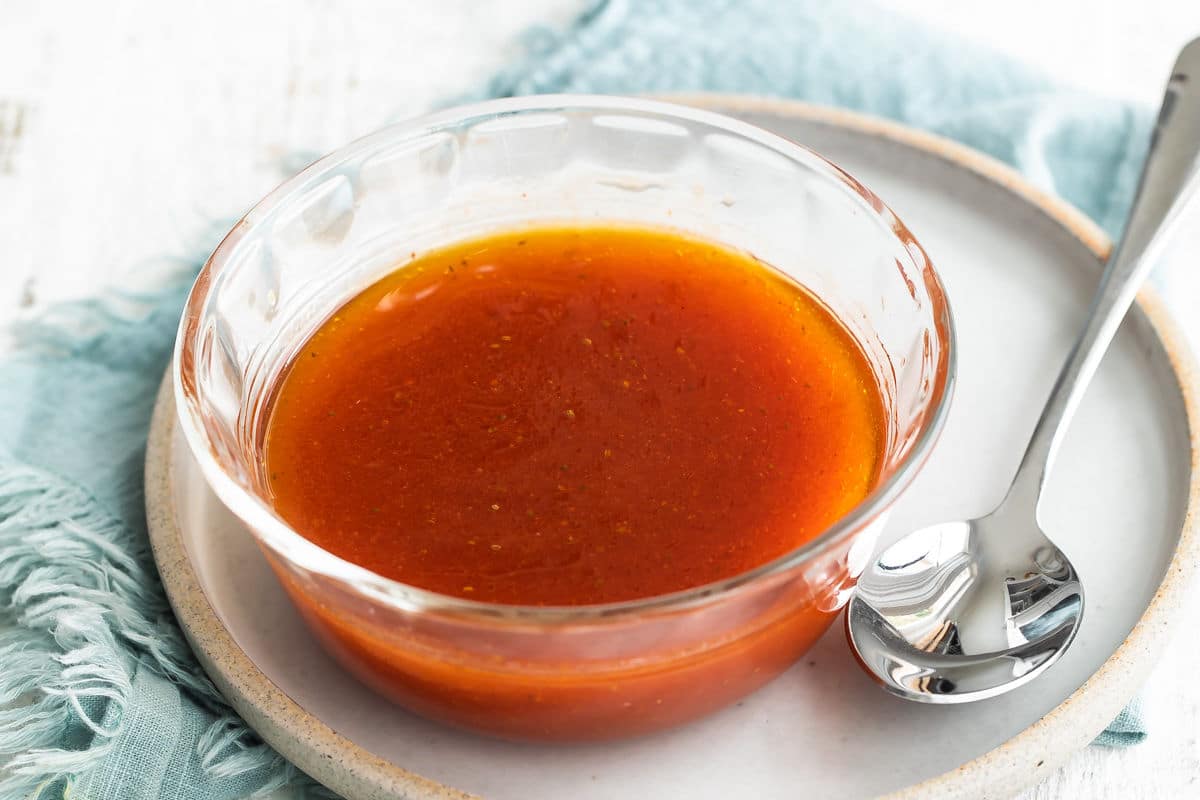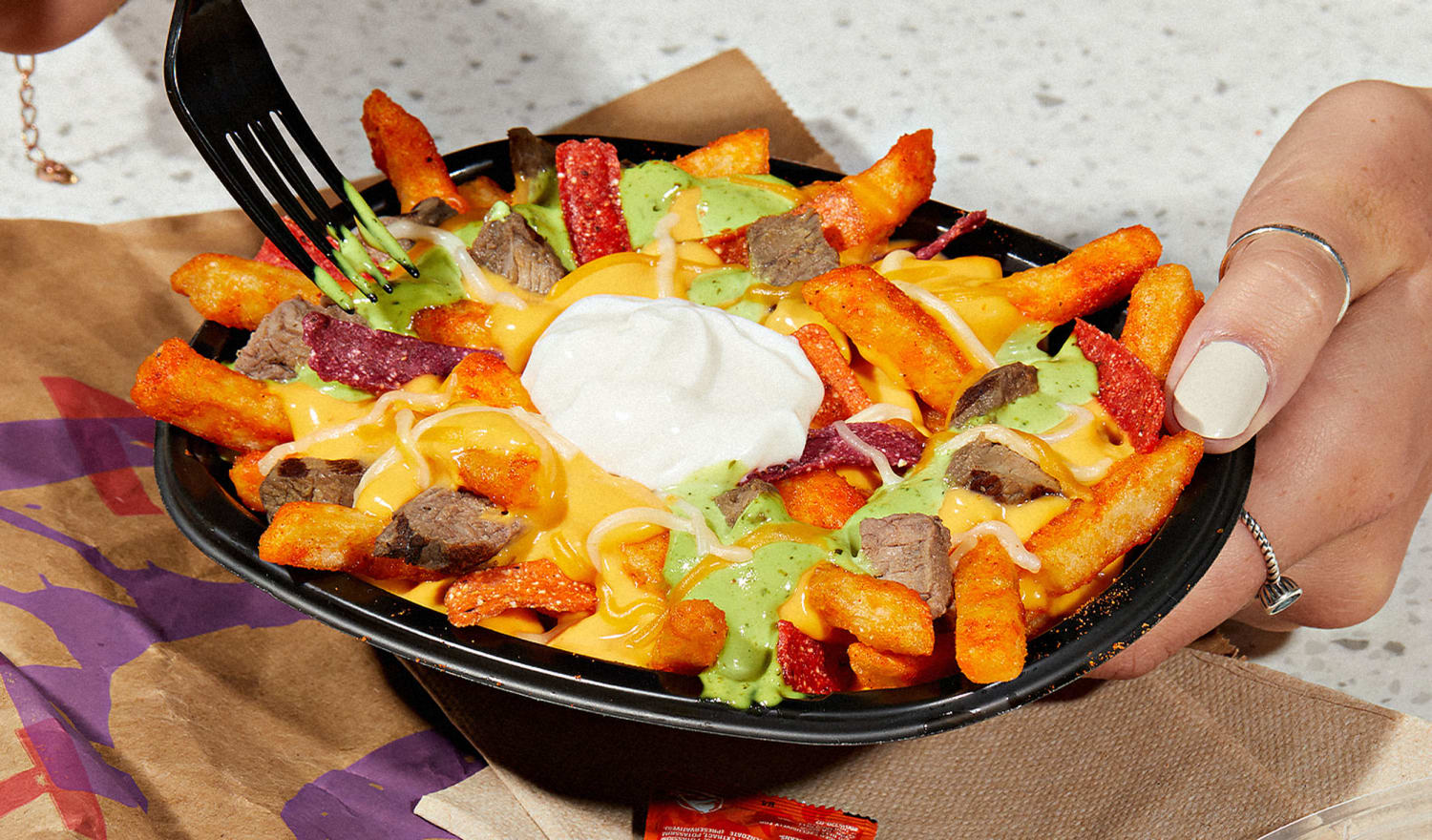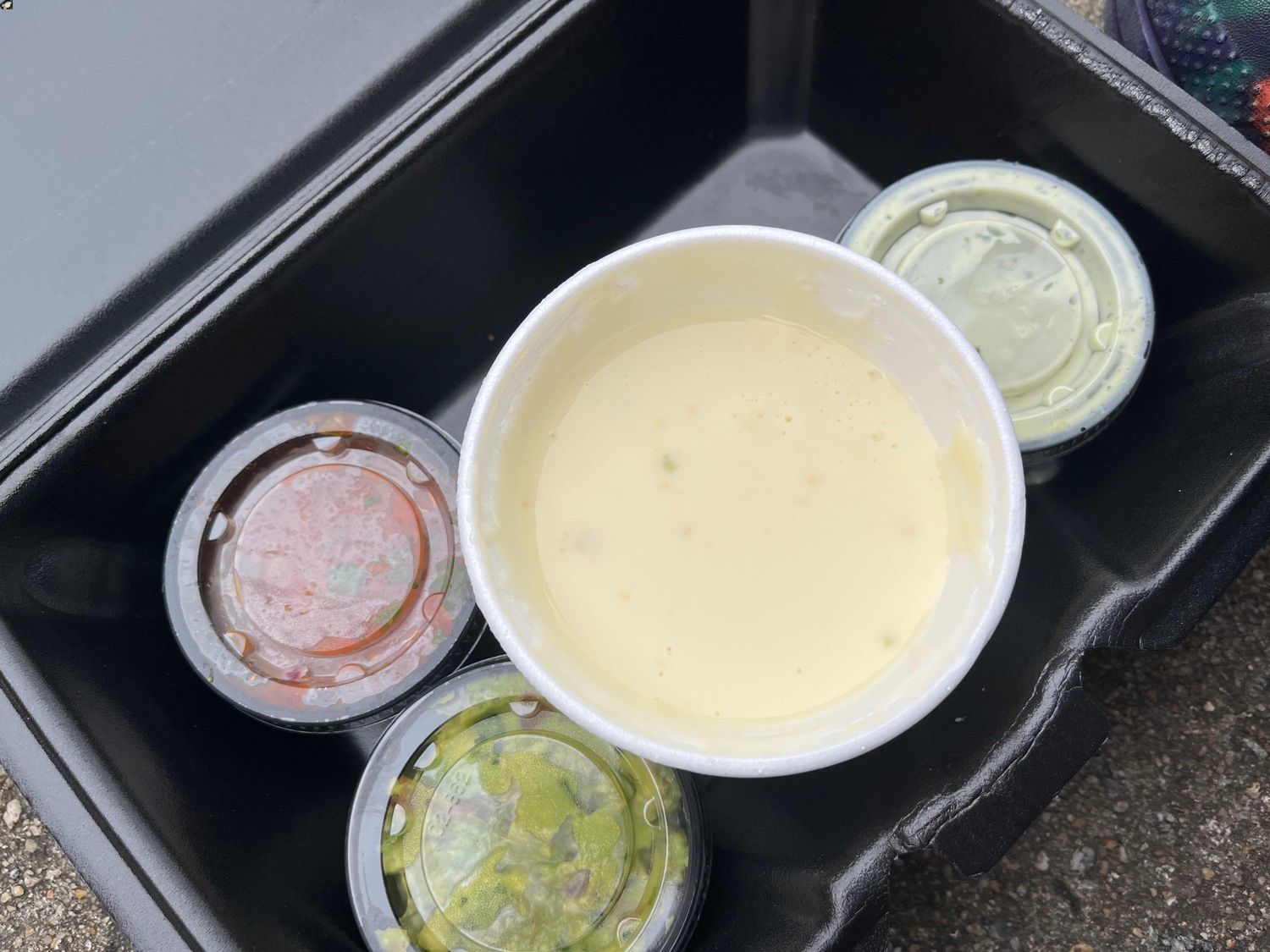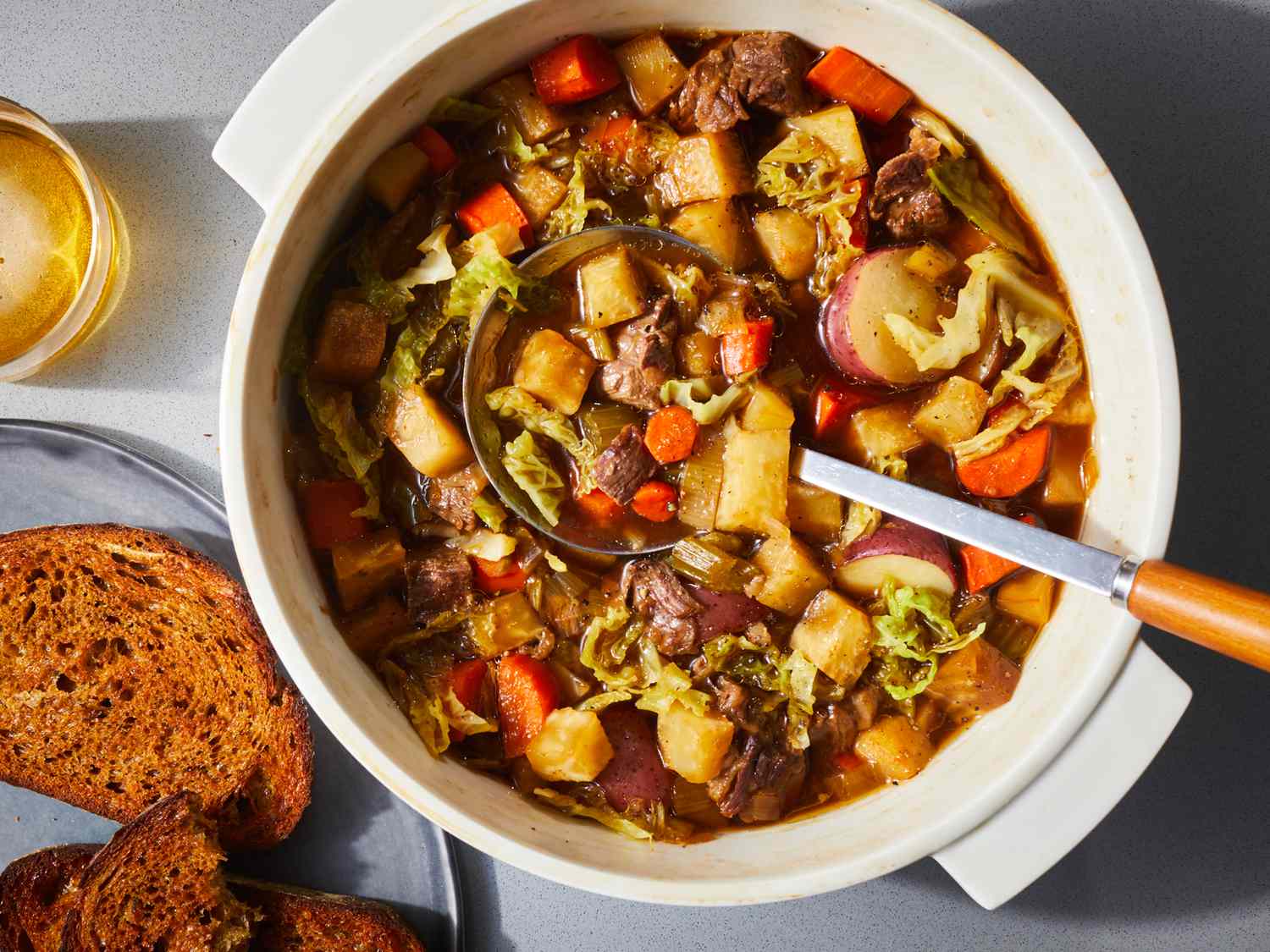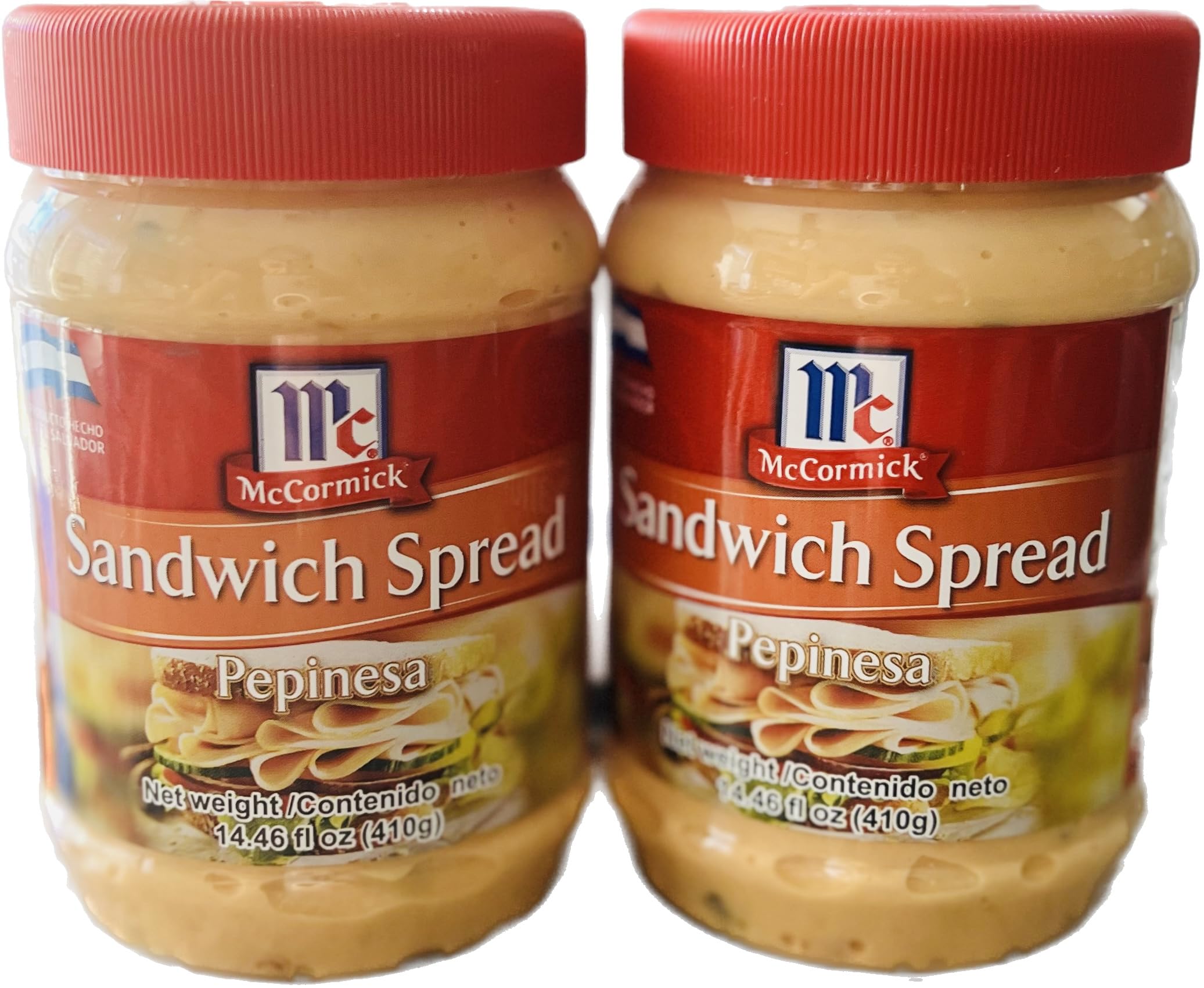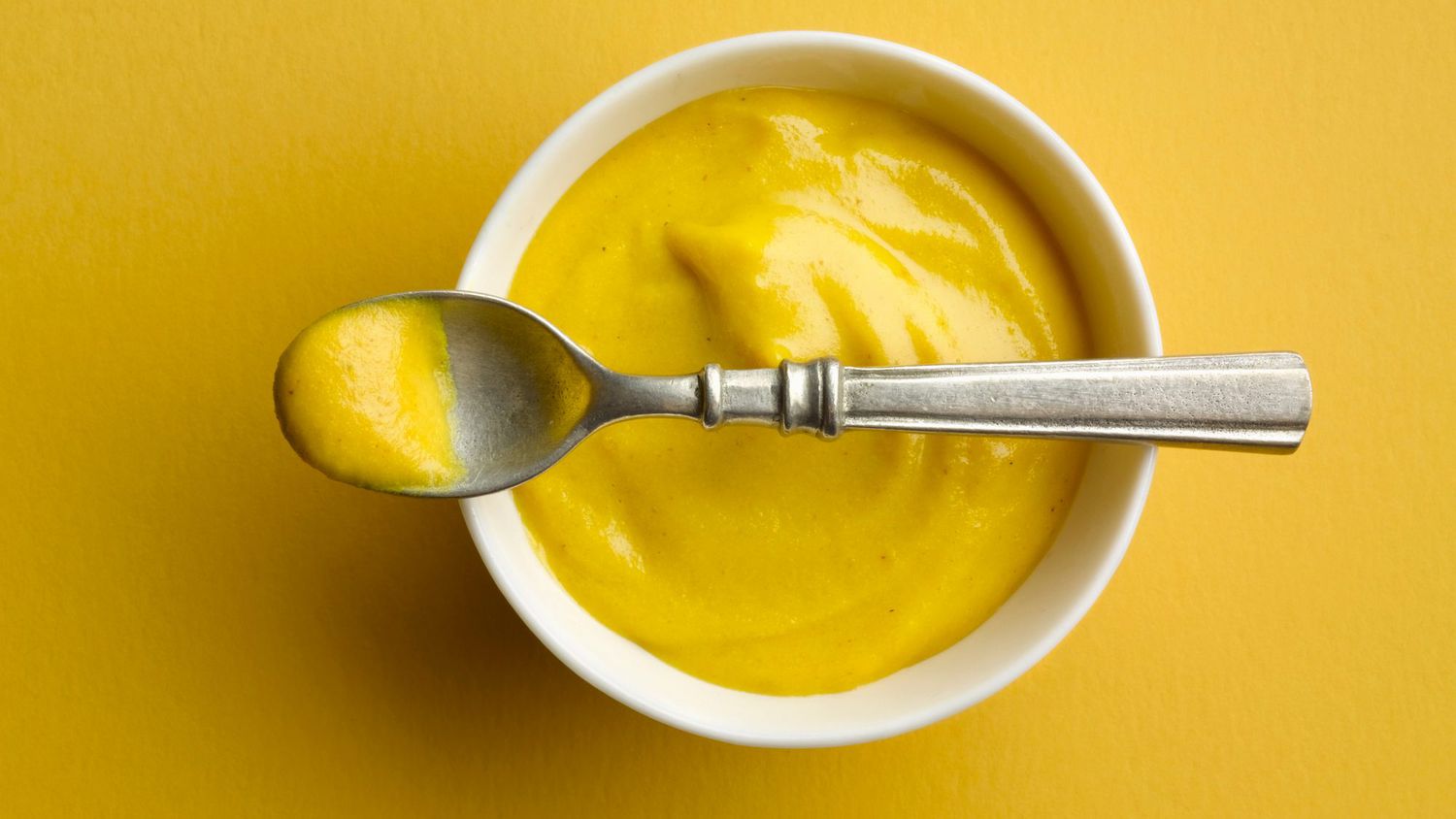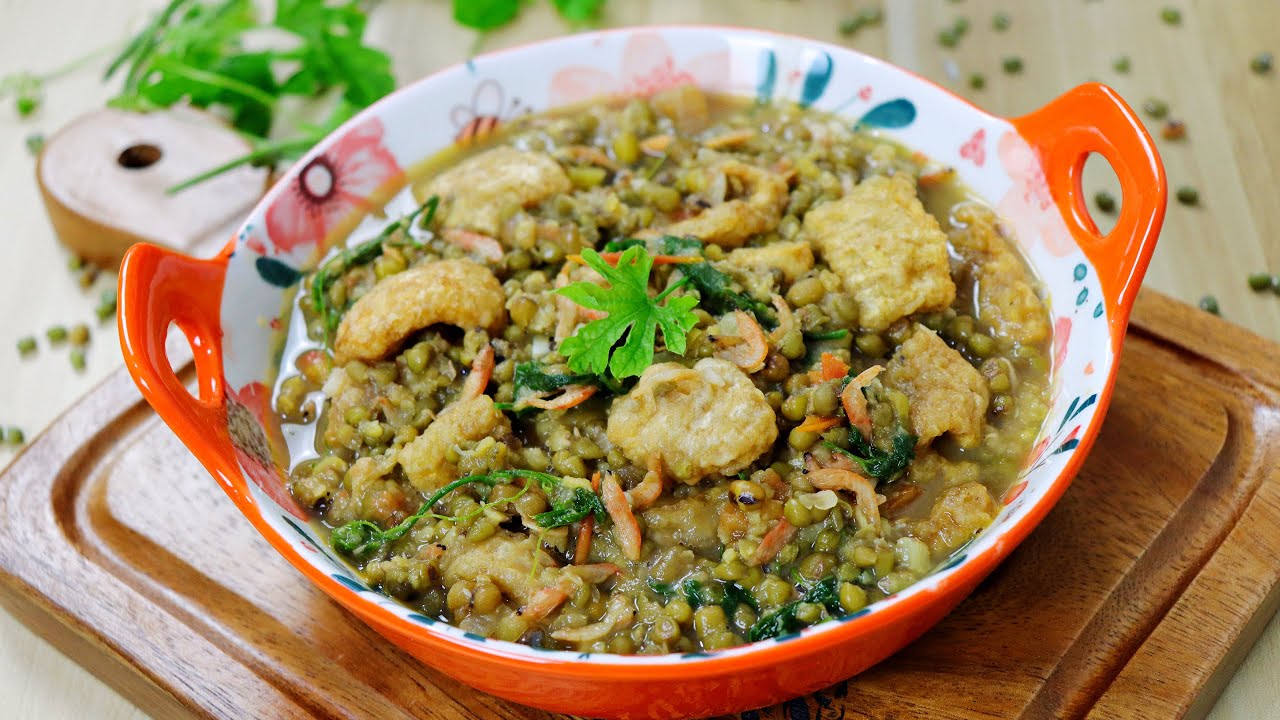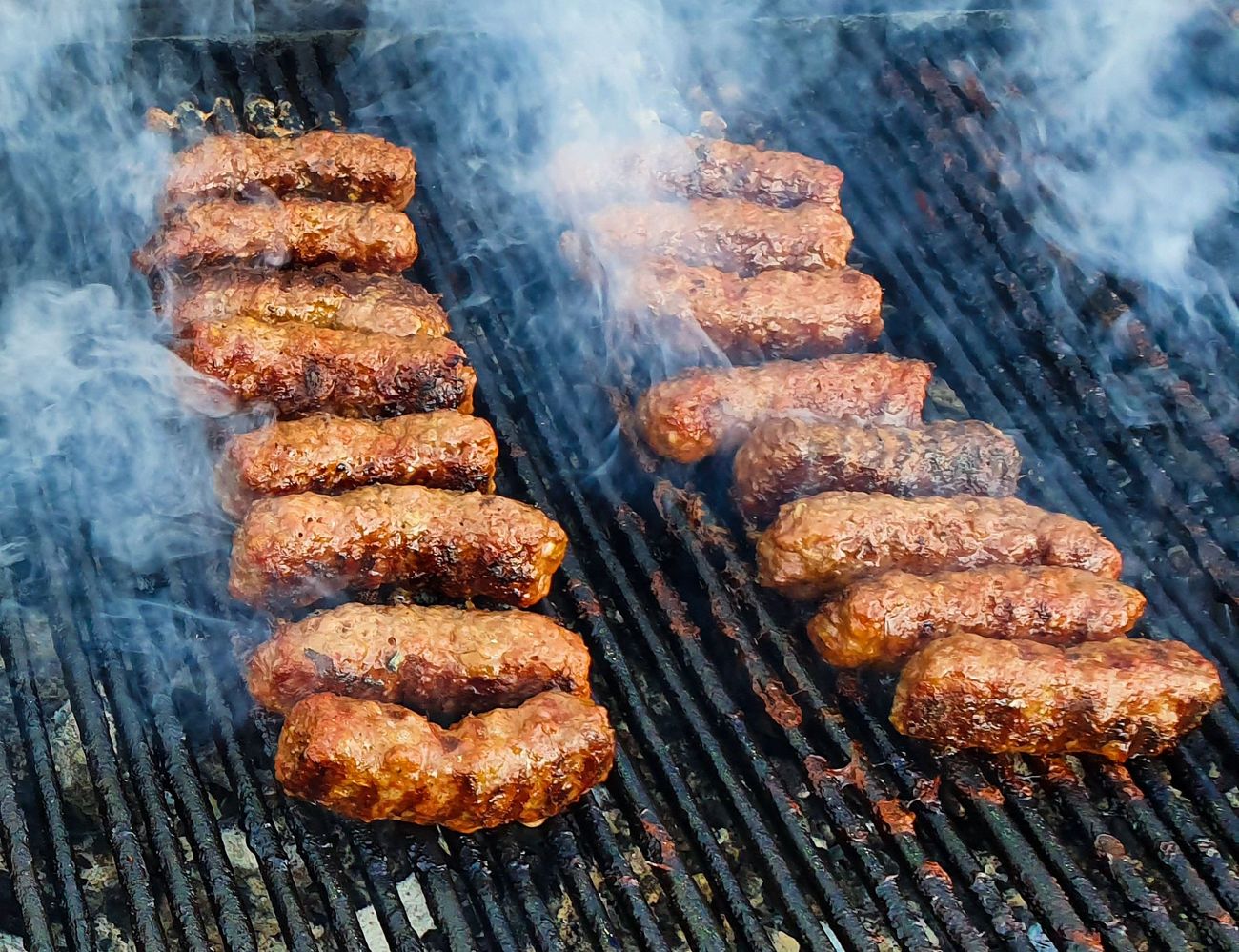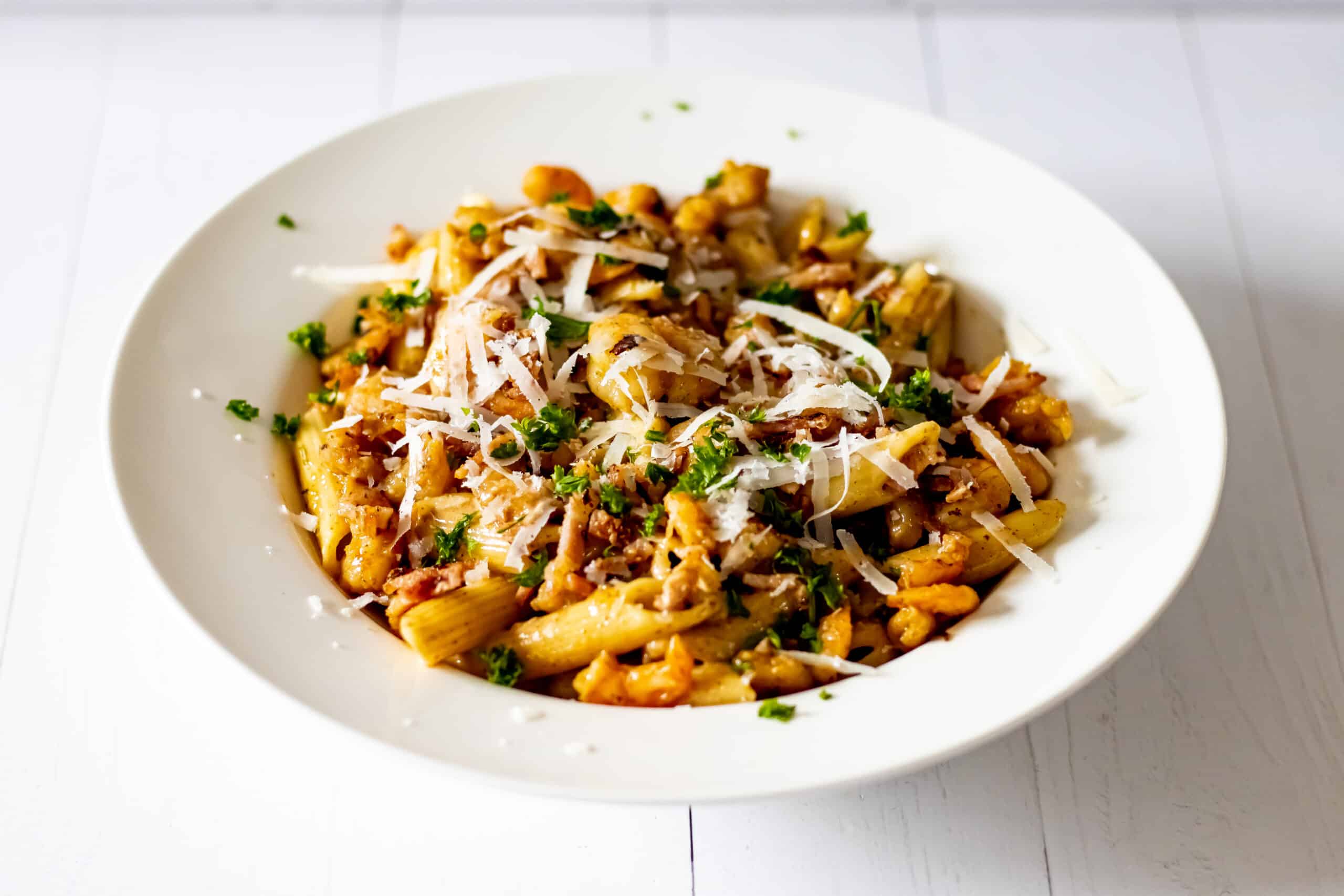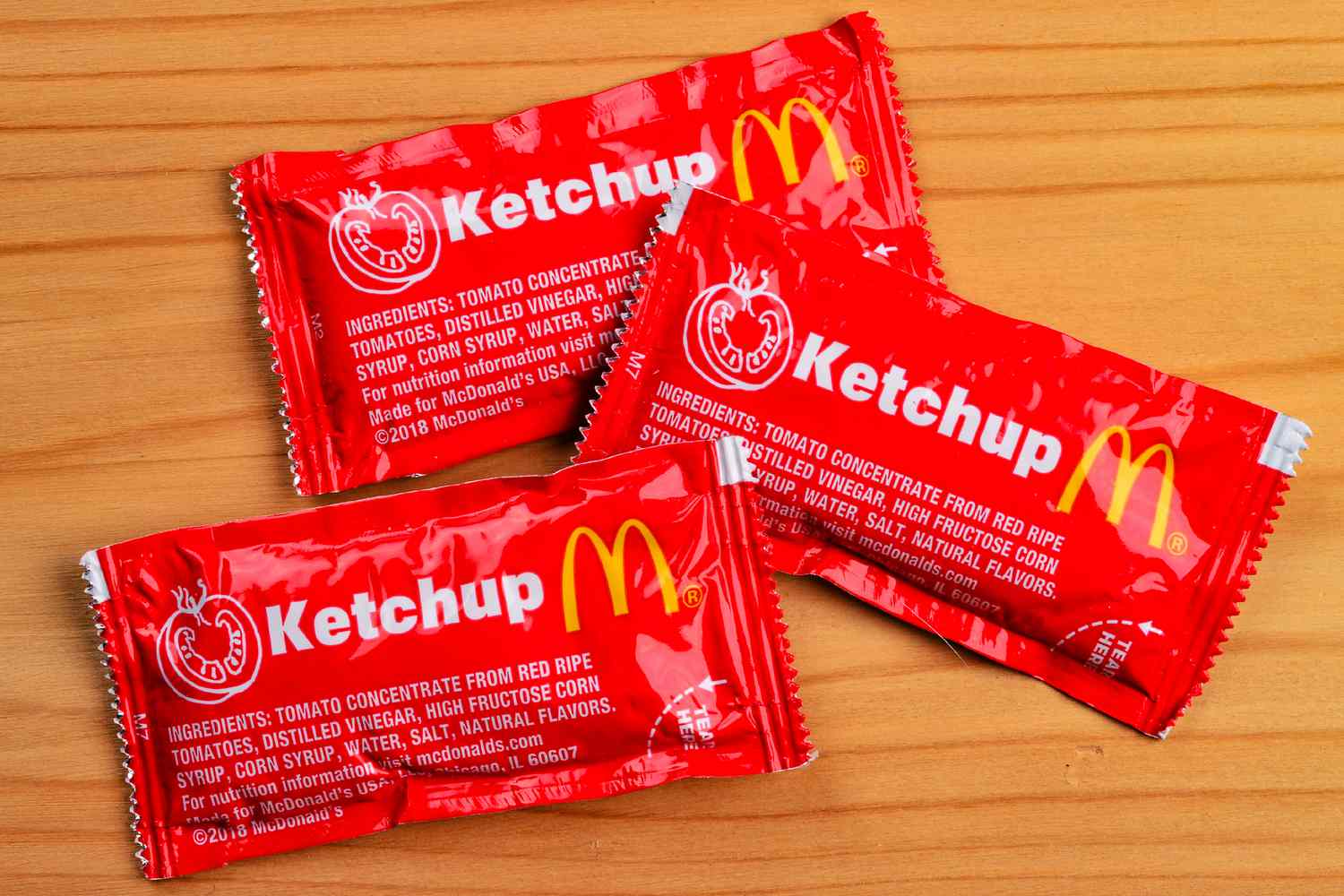When it comes to delicious and comforting Eastern European cuisine, two popular dishes that often get mixed up are pierogi and piroshki. While they may sound similar and both originate from the same region, there are some key differences between the two. Let's take a closer look at each of these delectable treats to understand what sets them apart.
Pierogi
Pierogi are a beloved staple in Polish, Ukrainian, and Russian cuisine. These dumplings are made by wrapping unleavened dough around a savory or sweet filling, then cooking them in boiling water. The fillings can vary widely and may include ingredients such as mashed potatoes, cheese, sauerkraut, ground meat, or fruit.
Key characteristics of pierogi:
- Dough: Pierogi are typically made with a simple dough consisting of flour, water, and sometimes eggs.
- Cooking method: They are usually boiled, and can also be pan-fried or baked.
- Shape: Pierogi are often semi-circular or crescent-shaped, with crimped edges to seal in the filling.
- Serving style: They are commonly served with toppings such as sour cream, fried onions, or butter.
Piroshki
Piroshki, on the other hand, are a type of stuffed pastry that originated in Russia. These pastries are typically made with a yeasted dough and can be filled with a variety of ingredients, including meat, vegetables, rice, or cheese. Piroshki can be baked or fried, and they come in both sweet and savory varieties.
Key characteristics of piroshki:
- Dough: Piroshki are made with a yeasted dough, giving them a slightly different texture compared to pierogi.
- Cooking method: They can be either baked or fried, resulting in a crispy exterior.
- Shape: Piroshki are often round or oval-shaped, resembling small buns or turnovers.
- Serving style: They are commonly served as a snack or appetizer, and can be enjoyed on their own or with a side of soup or salad.
The Differences
Now that we've explored the basic characteristics of pierogi and piroshki, let's summarize the key differences between the two:
- Dough: Pierogi are made with an unleavened dough, while piroshki are made with a yeasted dough, giving them a different texture and flavor.
- Cooking method: Pierogi are typically boiled, while piroshki can be either baked or fried, resulting in a crispy exterior.
- Shape: Pierogi are often semi-circular or crescent-shaped, while piroshki are round or oval-shaped, resembling small buns or turnovers.
- Serving style: Pierogi are commonly served as a main dish, often with toppings such as sour cream or fried onions, while piroshki are more commonly enjoyed as a snack or appetizer.
In conclusion, while both pierogi and piroshki are beloved dishes in Eastern European cuisine, they each have their own unique characteristics that set them apart. Whether you prefer the comforting dumplings of pierogi or the flaky pastries of piroshki, there's no denying that both of these dishes offer a delightful taste of Eastern European culinary tradition.
Was this page helpful?
Read Next: What Is The Origin Of Oxtail Soup
